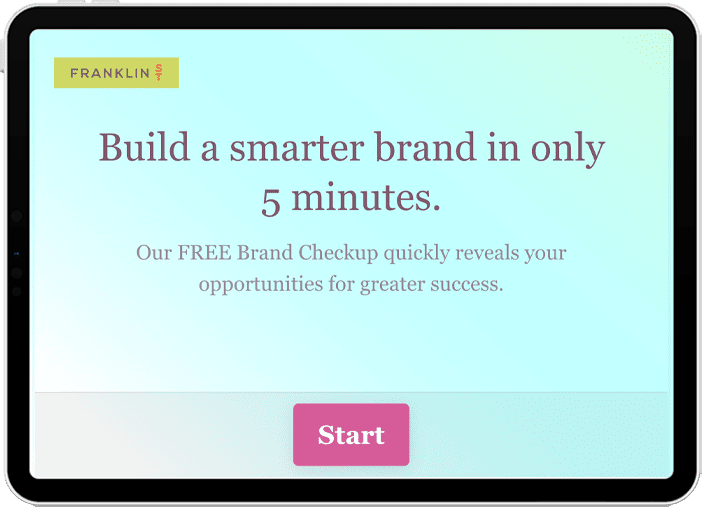What happens leading up to a cancer diagnosis in Cookeville, TN? What about in Methuen, MA?
Let’s start with what’s the same. Even if you’ve received a referral and know where your next appointment is, typically you’ll do a few Google searches and take a look at cancer center websites near you: learning what you can about becoming a patient, about the providers, and about what it might feel like to commit yourself to receive care there for long periods of time.
In Cookeville, you’ll likely take a look at Cookeville Regional Medical Center’s (CRMC) website, while in Methuen you’ll probably check out Dana-Farber’s website for the local community location.
We know “compassion” is in both of their core values, as well as “excellence.” We could also argue that “empowerment” (CRMC) and “respect” (Dana-Farber) likely have similar legs in day-to-day interactions.
Now let’s pause. This is not an article about Cookeville versus Dana-Farber in the competitive set—after all there’s just over 1,000 miles between them, and their websites are fairly “pretty” and straightforward in terms of their structure. This is, however, an article about how each organization’s values inform their bedside manner, and how that bedside manner is applied to their respective website.
When you meet a patient for the first time, the first words out of your mouth aren’t about how collaborative your team is, or how excellent your technology may be. You start with simple introductions, and this means giving the patient time to tell you more about themselves and where they are in their journey. It’s a time to listen and respond.
CHOOSE CONVERSATION OVER LECTURING
Most websites are built around the idea of telling, saying, speaking, or informing. These are the CRMCs of the world, and it’s very likely that this is your website too. These sites communicate outward to the world, only focusing on features and benefits—however pretty or well-stated.
A better methodology is to listen, to hear, to acknowledge, empathize, and respond—to use your website as a conversation tool. These are the Dana-Farbers of the world.
CHARACTERISTICS OF WEBSITES THAT LISTEN
-
Listen and Hear: on the homepage, you are asked to identify what type of website visitor you are by choosing “for patients and families” or “for providers” from the menu.
-
Acknowledge: once you choose, you are shown content that is relevant to you, guiding you along a journey to your desired destination.
-
Empathize: tonally, Dana-Farber understands the journey you’re on now that you’ve identified yourself with “becoming a patient.”
-
“As a new Dana-Farber patient, you may have questions about your first visit: what to bring, how to find us, where to park, and how to prepare. We want to help make sure that your appointment is as stress-free as possible so that you get the information and support you need.”
-
-
Respond: show CTAs and a menu structure that engage the patient in a conversation. You’re not there in-person, but the conversation is still possible.
GUIDING PRINCIPLES
By no means does anyone get it 100% right; even Dana-Farber has room for improvement. But along the lines of using your website as a conversation tool, here’s what is done very well and how:
-
Using the menu structure to determine user point of view. Are you a patient or a family member? Are you interested in becoming a patient or receiving treatment?
-
Using CTAs to clearly match user “jobs to be done” with tools and solutions. Do you need to schedule an appointment? Are you looking for a second opinion?
-
Translating the values to the content, at every level of depth. Using words and phrases such as “We understand that cancer treatment can be challenging, both physically and emotionally.”
MOVING TOWARDS CONVERSATIONAL CONTENT
Many times translating bedside manner to the website begins to fall apart the deeper you go into a website’s structure such as in the “types of cancer we treat” and “diagnostic capabilities” areas of focus. This is often because website teams are pulling content from service line leaders’ notes or inspiration from readily available publications (not to be confused for plagiarism).
The result is content that often reads as unmistakably clinical. Diagnosis and treatment are complicated, but your website as a point of entry should continue to do the heavy lifting of maintaining a certain plain language, familiarity, and “compassion” if that is stated in your values.
How we do this is by front-loading compassionate statements and reassurances before we dive into the details. Avoiding details entirely isn’t possible, and also wouldn’t make for a site that is user-friendly either, because resources should be available to users as necessary. Even Dana-Farber could do a better job of front-loading this information in certain places, rather than burying it “below the fold.”
GETTING FROM COOKEVILLE TO METHUEN
Remember when I said that CRMC and Dana-Farber are about a thousand miles apart? Well, that may still be true physically, but we should focus on how a standard website can begin to close the gap.
If you start from Cookeville, and you need to get to Methuen, here’s how:
-
Ask visitors who they are, where relevant, not redundant, and truly useful.
-
Structure your menu for any given service line around the patient journey.
-
Communicate what it is you actually offer (which specific types of cancer
you treat, etc.). -
Front-load statements that mimic what you’d expect from your providers’
bedside manner. -
Clearly align the user’s “jobs to be done” with CTAs you can drive them towards, and make sure you are showing the right CTA for each stage of the patient journey.
—–
Your website is a crucial component of the patient journey—just as providers must speak with the right tone and guidance at the bedside, your website must reflect that tone and guidance online.


